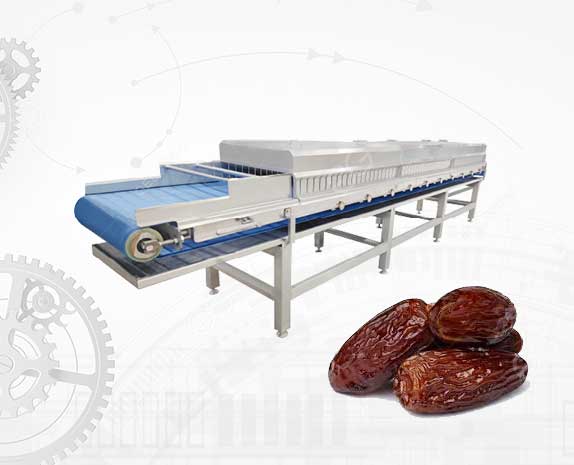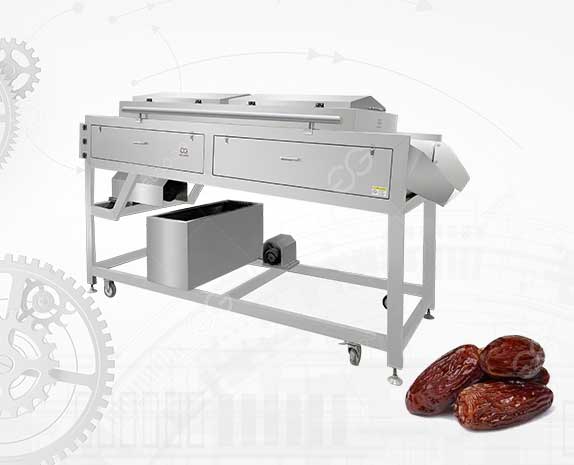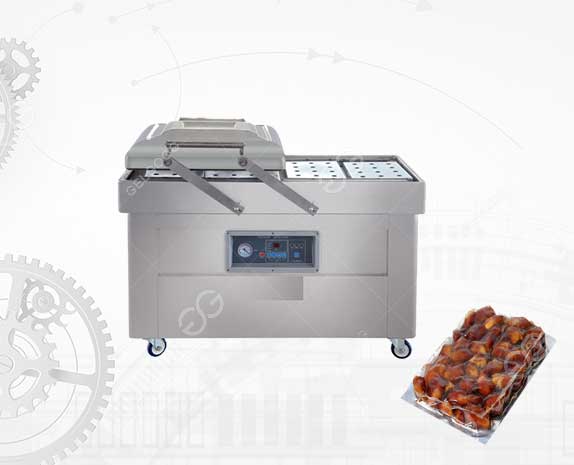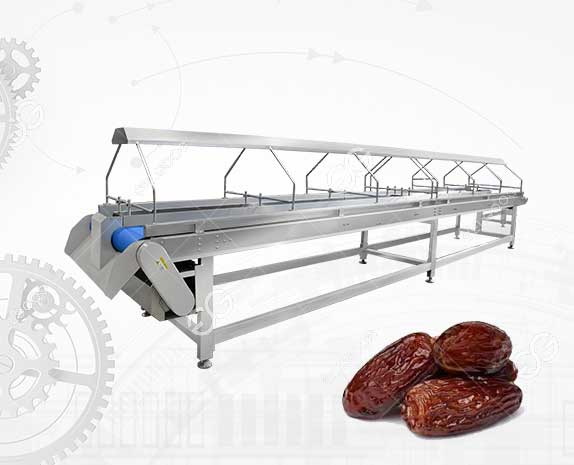Dates are one of the most popular fruits worldwide, cherished for their natural sweetness and versatility. Beyond their delightful taste, dates are known for their nutritional benefits, including a high fiber content and an abundance of essential vitamins and minerals. In order to prepare dates for consumption, they must go through various processing methods in a factory setting. Let's explore these methods and understand how dates are processed to bring them to your table.
1. Harvesting and Sorting
The first step in processing dates is the harvesting process. Dates are usually harvested when they have reached optimal ripeness, depending on the variety. After harvesting, the dates are sorted based on quality, size, and ripeness to ensure uniformity in the final product.
2. Cleaning and Washing
Dates undergo a thorough cleaning and washing process to remove dirt, dust, and other impurities by dates washing machine. This step is crucial to ensure the product is safe for consumption and meets quality standards. Most factories use automated washing systems with water jets to clean the dates effectively.
3. Pitting
Once cleaned, dates may be pitted, depending on the final product requirements. This process involves removing the seeds (pits) from the dates. Some factories use specialized machines that split the dates open and remove the seeds, while others may opt for manual pitting for a more delicate touch.
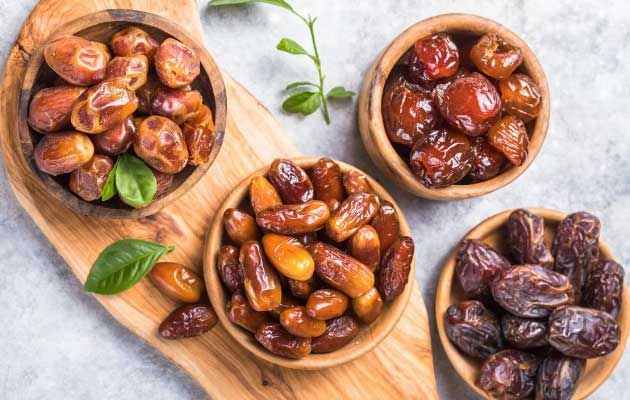
4. Drying
After pitting, dates may go through a drying process to enhance their shelf life. Drying can be done naturally in the sun or using mechanical drying methods. This step helps preserve the dates and prevent spoilage.
5. Grading and Sorting
Dates are then graded and sorted according to size, quality, and variety. This ensures that similar dates are grouped together and sold as a uniform batch. Grading is essential for quality control and pricing.
6. Pasteurization
To extend shelf life and ensure food safety, dates may undergo a pasteurization process. This involves exposing the dates to heat to kill any bacteria and pathogens that may be present. Pasteurization also helps preserve the flavor and nutritional content of the dates.
7. Packaging
Once the dates have been processed, they are packaged for sale. Packaging may vary depending on the target market and the type of product. Options include vacuum-sealed bags, plastic containers, or boxes. Proper packaging helps maintain freshness and protect the dates during transportation.
8. Storage
Processed dates are stored in controlled environments to maintain their quality and extend their shelf life. Temperature and humidity levels are carefully monitored to prevent spoilage and maintain freshness.
Conclusion
Dates go through several processing methods in factories to ensure they are safe, high-quality, and ready for consumption. These methods include harvesting, cleaning, pitting, drying, grading, pasteurization, packaging, and storage. By understanding these processes, you can better appreciate the journey dates take from the palm tree to your table, and the care that goes into bringing you this delicious and nutritious fruit!

